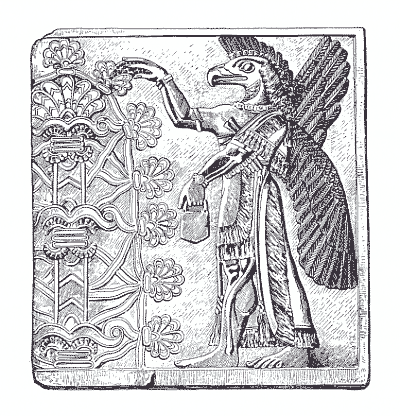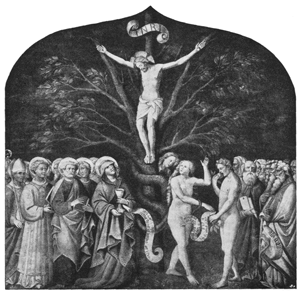TREE OF LIFE, MYTHICAL ARCHETYPE
The oldest scriptures at the heart of every major religion make reference to a mysterious tree at the center of the world. Its fruits, guarded by an evil serpent, confer immortality. A nearby stream of water divides into four rivers flowing into the four cardinal directions. The vicinity of this tree is said to be the birthplace of the first human ancestors. This legend is the oldest, most widely dispersed, and most mysterious religious idea known to mankind.
The Tree also appears with other symbols on artifacts found at the ancient city of Troy and on the oldest examples of Greek ceramic art. The decipherment of these Bronze Age symbols, described for the first time in this book, leads to the discovery of an archaic theme pervading much of world mythology. An understanding of this archetype, and of the natural phenomenon that inspired it, unlocks mythological enigmas that for centuries have eluded interpretation.
Read the Foreword by Michael Witzel, PhD
Tree of Life, Mythical Archetype contains 350 illustrations. These images trace the fascinating evolution of the myth through its many permutations in world art and religion. Click here to see the book's complete Table of Contents.

An eagle-headed Assyrian divinity sprinkling sacred water onto the Tree of Life. Variations of this motif have been found in Mesopotamia, Egypt, Greece, and pre-Columbian Mexico.

Christ crucified on the Tree of Life. The serpent climbs the tree as Adam, Eve, and the saints observe from below. Giovanni da Modena; from a fresco in the church of San Petronio, Bologna, Italy.
MORE PUBLICATIONS
|
| |
See an enlargement of the cover
Tree of Life, Mythical Archetype
Revelations from the Symbols of Ancient Troy
by
Gregory Haynes
With a Foreword by Michael Witzel, PhD
Book Specifications:
Binding: softbound; page count: 360; illustrations: 350; trim size: 8.25" x 11"; ISBN:978-0-9824034-5-7; Publisher: Symbolon Press.
What readers are saying about the book

Figurine made of lead depicting a female divinity with swastika symbol. This was found by archaeologist Heinrich Schliemann at the site of ancient Troy.
|
|
|

